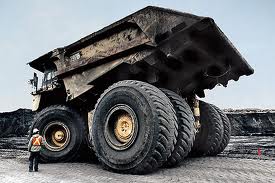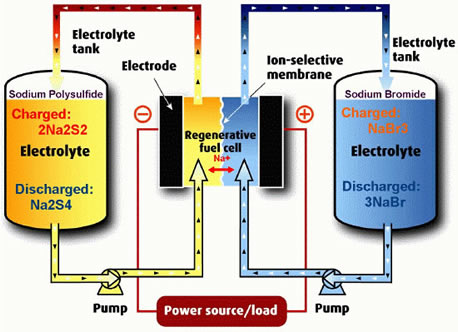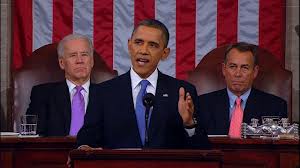First, let me wish all my loyal followers a very happy and healthy new year! So what exactly does 2014 have in store for us on the energy and environment front? Below is a list of things that I am watching, please comment and bring any topics of interest to my attention.
- Keystone XL Pipeline – Just today the State Department announced in their report that the Keystone XL Pipeline would have a minimal impact on the environment. This report was greeted with calls for Obama to approve the project by Republicans and even some Democratic lawmakers much to the chagrin of environmentalists. Critics of the report said it did not pay enough attention to the harmful practice of extracting the oil from the tar sands in the first place. The proposed $7B project would carry 830,000 bpd of crude oil from the Western Canadian Sedimentary Basin and the Bakken Shale formation to Steele City, NE before moving on to refineries on the Gulf Coast. Issuance of this report now begins a 30-day comment period for the public and a 90-day comment period for government agencies, as well as puts the heat on President Obama to take action. As recently as June 2013 Obama stated, “Our national interest will be served only if this project does not significantly exacerbate the problem of carbon pollution. The net effects of the pipeline’s impact on our climate will be absolutely critical to determining whether this project is allowed to go forward.” Environmentalists have called approval of the pipeline “game over” for the planet.
- California Drought – 9% of California is now in a state of “exceptional drought”. While this might not sound like news to anyone who has seen the images of the forest fires in the Bear Republic, this is an extremely concerning issue. In fact, “Thanks to the magic of science (and tree rings), we can now safely say that California hasn’t been this dry since around the time of Columbus, more than 500 years ago. What’s more, much of the state’s development over the last 150 years came during an abnormally wet era, which scientists say could come to a quick end with the help of human-induced climate change.” Lack of rain combined with abnormally low snowpack could leave much of the state virtually dry within 60 – 120 days. If you think this is just a left coast problem, think again – California is responsible for almost 12% of the country’s agriculture.
- Emerging markets – If you have been watching the markets lately you have seen a dramatic reaction to perceived threats from emerging markets. I’ll make it quick: Fed removes the free money punchbowl from the party; possible slowdown in China; currency trouble from Brazil, Turkey, South Africa and Argentina. So what does this all mean? Stay tuned and I will keep you posted.
Plus we have Super Bowl XLVIII, the winter Olympics and the World Cup all coming up. What a great year this is going to be.
Welcome back Greenbacker’s! It’s on!
Stay Classy,
Mr. Greenbacks.












